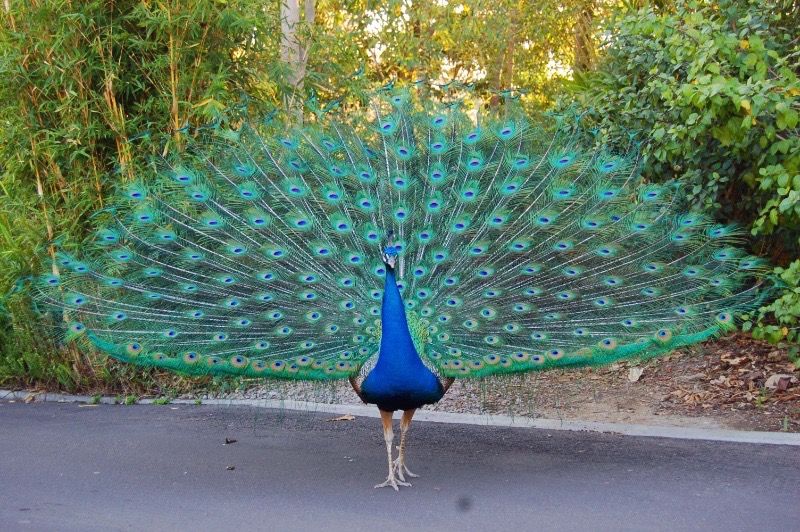by Richard O. Prum
Why are birds so beautiful?

Sure, there are plenty of dull birds, but there’s no question that the most beautiful creatures on the planet, as a group, are the birds. How did they get to be so beautiful?
Charles Darwin provided the answer: sexual selection. For most species, the female does almost all the work of reproduction; therefore, her best sexual strategy is to carefully select the best possible male to provide his genes. This in turn means that a male must convince the female that his genes are the best. Brilliant plumage requires a very healthy body; any genetic flaws that compromise the male’s health will lead to less-than-magnificent plumage.
This led to a runaway situation. The females chose males who had brighter plumage; this gave an advantage to even brighter plumage, so males just got more and more colorful. In many cases, this led to wild extremes, such as the peacock:

A tail this massive is quite a burden and makes the peacock more vulnerable to predation. The peacock’s genes must therefore chart a path between getting eaten and getting spurned. Peacocks with more flamboyant tails got eaten before they could reproduce; peacocks with less flamboyant tails never impressed the peahens enough to get laid. Human males face a similar dilemma; a small percentage of young men die in their attempts to prove their manhood, although they’re sometimes too dumb to execute their risky behavior in front of the girls.
So far, so good. This all makes sense.
This is where Mr. Prum’s book starts. He then attempts to develop these ideas further, but he makes a hash of it. I never could divine a clear theme for the book; it reads more like a mishmosh of thoughts about beauteous birds. A goodly portion of it is devoted to a summary of his findings on the behavior of his
Mr. Prum, however, takes things a step further, asking “Why beauty? Why couldn’t peacocks have grossly ugly tails that demonstrate genetic perfection just as clearly?
